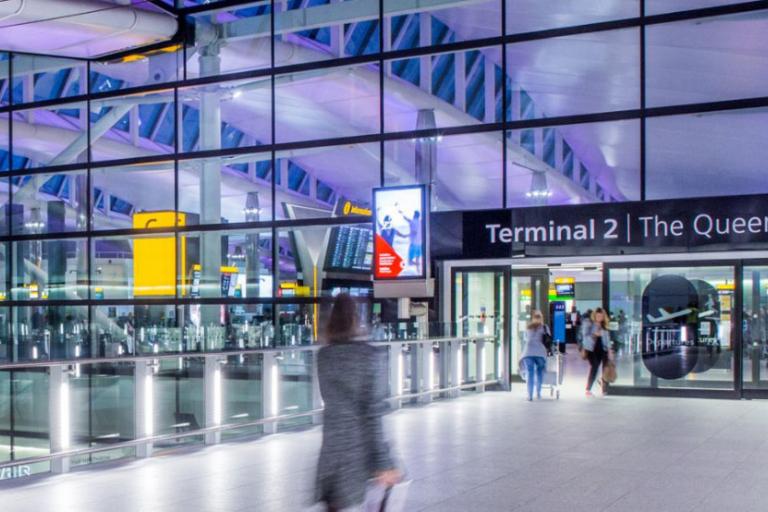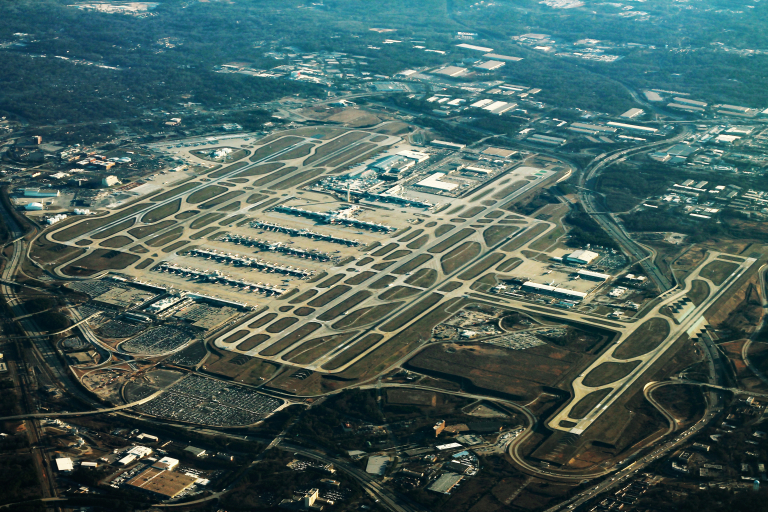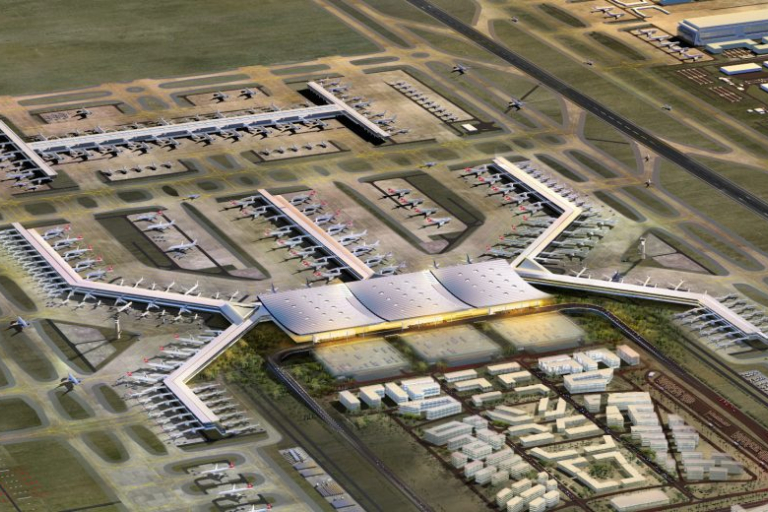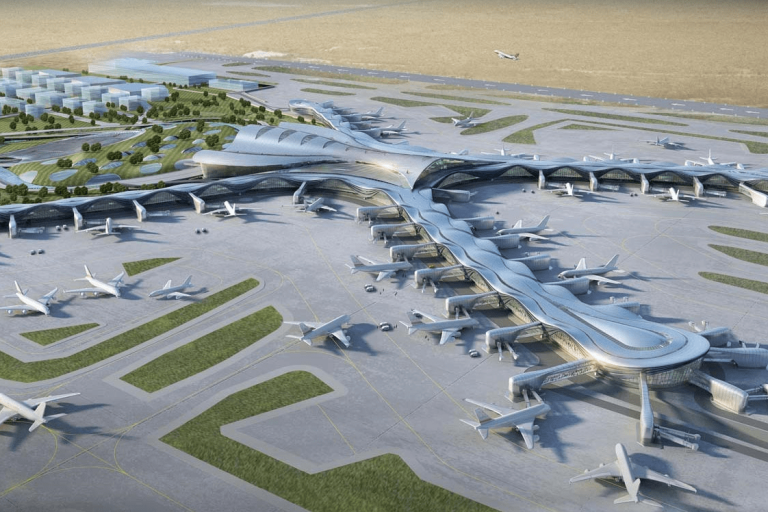Welcome to the fascinating world of Airport Construction and the revolutionary advantages brought by Building Information Modeling, or BIM. In this exploration, we'll unravel the incredible benefits that BIM brings to the table, using straightforward language to navigate the intricate landscape of airport development.
Challenges of using BIM in Airport Construction Projects
Building airports is like putting together a giant puzzle. Nowadays, Building Information Modeling (BIM) is the superhero tool for this job. But, like any superhero, it faces some tough challenges in airport construction. Let's dive into real stories to see how these challenges play out and what solutions make them heroes in the end.
Runway Coordination Conundrum
Imagine a massive airport where planes come and go like clockwork. Each runway, taxiway, and terminal must be perfectly coordinated. BIM needs to ensure these elements fit together seamlessly.
Real Story: Denver International Airport (DEN)
DEN faced this challenge when expanding. BIM helped them plan new runways, taxi routes, and terminals. It's like making sure all the pieces of the airport puzzle fit just right. BIM made sure DEN's planes land, take off, and move around smoothly.

Terminal Tango - Juggling Passengers and Space
Airports are bustling hubs with people going everywhere. Designing terminals that handle this traffic without chaos is a challenge. BIM needs to create spaces that are efficient and comfy for passengers.
Real Story: Changi Airport, Singapore
Changi Airport faced this challenge when building Terminal 4. BIM helped design a terminal that's like a well-organized party. It considers where everyone needs to be and ensures there's room for shops, lounges, and gates. BIM turned a potential passenger nightmare into a smooth travel experience.

Security Checkpoint Puzzle
Airports take security seriously. Designing a layout that's safe and quick for passengers is a tricky puzzle. BIM needs to plan these spaces strategically.
Real Story: Heathrow Airport, London
Heathrow Airport used BIM to tackle this challenge. BIM made sure security checkpoints are like well-orchestrated dances. It considered where lines should flow, where machines should go, and where security staff can keep a close eye. BIM turned security checkpoints from confusing mazes into organized paths.

Maintenance Maze
Airports are busy 24/7, and things wear out. BIM needs to help plan for maintenance without disrupting the airport's everyday hustle and bustle.
Real Story: Hartsfield-Jackson Atlanta International Airport
When Hartsfield-Jackson needed to renovate its runways, BIM stepped in. BIM planned the construction like a puzzle that's solved without taking the whole puzzle apart. It ensured that the airport could still function while getting a facelift.

Read more: How Beneficial is BIM for Road and Highway Design?
How to Solve These Challenges when using BIM in Airport Construction?
Plan Clearly
Before diving into airport construction with BIM, think of it like planning a big trip. What's the destination? What do you want the airport to do? Clear goals help everyone work together smoothly.
Example: Imagine building an airport like planning a family vacation. You need to decide where you're going and what you want to do there.
Choose the Right BIM Tools
BIM tools are like superhero gadgets for construction. Pick the ones that can handle the airport's unique features. It's like choosing the right tools for building a spaceship, making sure they fit the job perfectly.
Example: If you're building an airport with cool designs, your BIM tools should be able to capture and recreate those designs.
Follow the Rules
BIM has rules, just like games have rules. Stick to these rules to avoid confusion. It's like everyone agreeing to play by the same game plan, making sure there are no surprises.
Example: Think of BIM rules like everyone agreeing to play a game using the same rules. It keeps things organized and everyone on the same page.
Use Strong Tools
Just like building a sturdy spaceship, you need strong tools for airport construction. Invest in good computers and software. It's like having a reliable toolbox to make sure everything fits together perfectly.
Example: Imagine you're constructing a space station. You'd need powerful computers to create detailed plans, and strong software to bring those plans to life.

Key Benefits Of BIM in Airport Construction for Architects
Seeing the Future Before It's Built
BIM is like a magical crystal ball for architects. It lets them create a virtual version of the airport before it even exists. This means architects can spot potential problems early on, like making sure there's enough space for travelers or ensuring that the baggage area flows smoothly.
Example: Imagine planning a new airport gate. BIM allows architects to virtually "walk" through the space, making sure it's comfortable and efficient for passengers.
Avoiding Clash of the Titans (or Pipes and Wires)
In the airport world, pipes, wires, and structures need to dance without stepping on each other's toes. BIM acts like a conductor, making sure everything fits perfectly. This prevents disasters like pipes bursting or electrical systems short-circuiting.
Example: Think of BIM as a puzzle solver. It ensures that the plumbing under the airport doesn't clash with the wiring, preventing messy and costly issues.
Teamwork Makes the Dream Work
Airports are teamwork on steroids. BIM brings everyone to the same table – architects, engineers, builders – creating a united front. It's like having a superhero team, each member contributing their unique powers to ensure the airport's success.
Example: Imagine designing an airport runway. BIM brings together architects, who focus on the aesthetics, and engineers, who ensure the runway can handle giant planes without a hitch.
Smooth Sailing with Data
Data is the secret sauce in BIM. It's like having a treasure map for architects. BIM provides a treasure trove of information about materials, costs, and timelines. Architects can make informed decisions, ensuring a smooth journey from design to construction.
Example: When choosing materials for the airport facade, architects can use BIM data to compare costs, durability, and environmental impact, making informed and eco-friendly choices.

Above is all the information about using BIM in airport construction projects. If you have any questions, contact us here for answers. Thanks!
Categories





